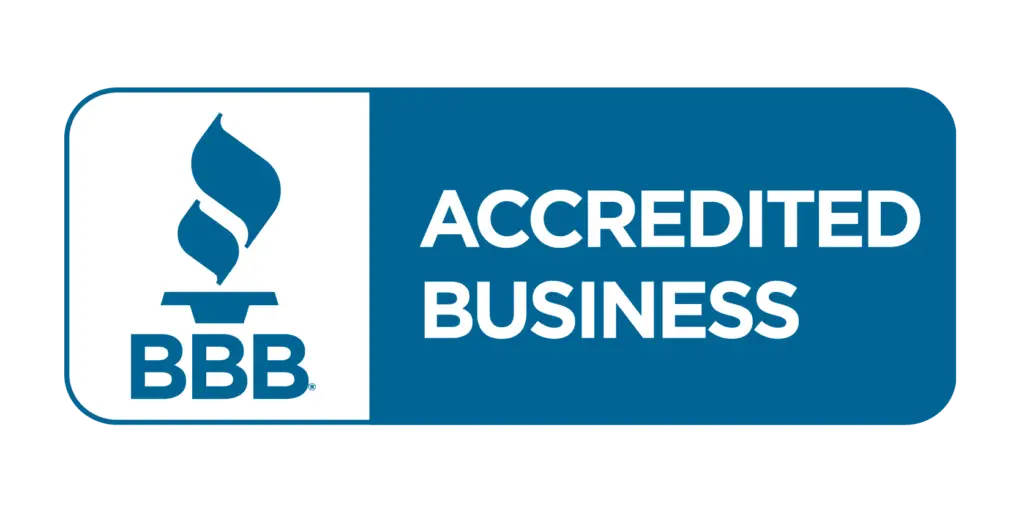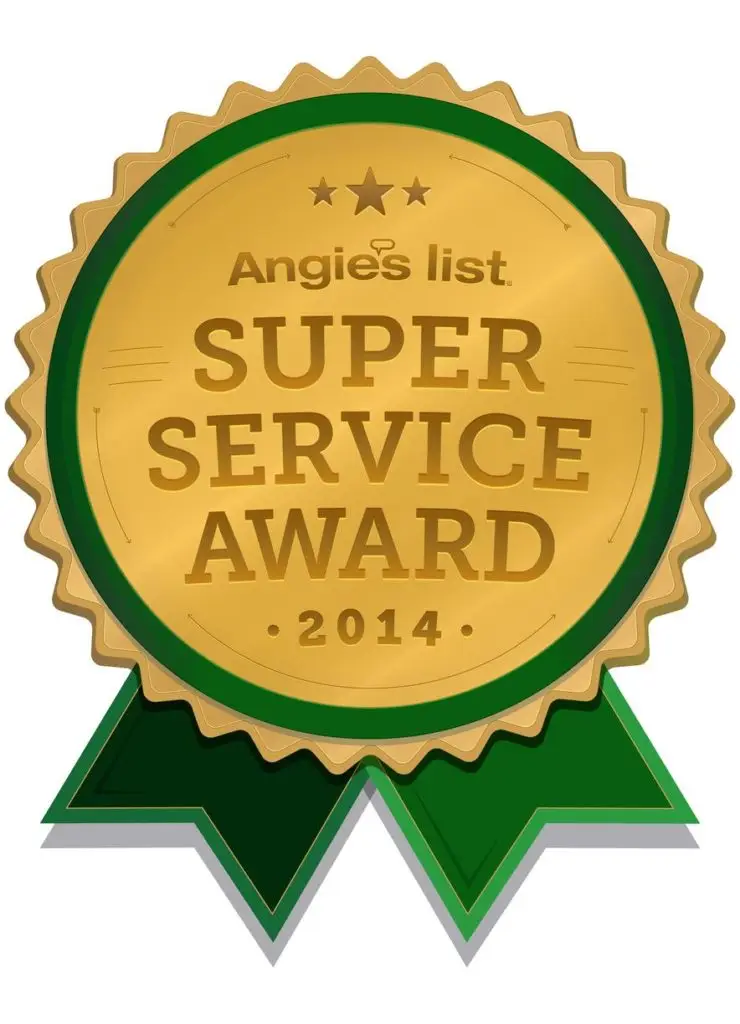Hours, days, weeks, and months; before you know it, they all turn into YEARS! For those of us with kids, there will come a day in time when that little baby of ours drives away in a car of their own for the first time. The phrase “excitedly scared” comes to mind. Our oldest son Sam will celebrate his 16th birthday soon and it’s our job as his parents to do everything we can to equip him to be a responsible driver on the road with his vehicle. As many of our customers face the same challenge, I thought it might be helpful to share some automotive tips and experience that I’ve learned over the last year teaching my son how to drive.
Disclaimer: This is in fact, our first rodeo. He is our first-born child. We are practicing parenting on him. Aka Guinea Pig.
Reps! First and foremost, get those reps in. This can be said of most anything in life you hope to master, so apply it accordingly. I put our son Sam behind the wheel at every opportunity. Fog, rain, traffic, dark, early, late, construction zones, vacation, interstate, parking lots, EVERY. OPPORTUNITY. If you only let them drive in the best of circumstances, you aren’t really training them to be ready for real world scenarios. When Sam is behind the wheel, we talk a lot and I encourage him to anticipate what cars may do. We discuss what the next intersection is going to be like, what various traffic signals mean, and how to navigate tricky situations carefully. By the time he obtains his license, he will have experienced a great deal of driving in less-than-ideal circumstances.
You! You better be paying attention too! This is not the time to sit in the passenger seat and scroll your favorite instagram reels. I have saved myself and my son from at least one terrible accident by just paying attention. Our young drivers need your help scanning the road and making assessments of what you see. The goal here is to leverage your years of driving experience to accelerate their learning curve. As a side benefit, you might also be amazed at how much more talking you and your anxiety ridden teenager child do side by side, as opposed to face to face. It’s been our experience that our kids are much more open and comfortable in this type of environment.
What about car buying? To each his own here…but I personally am not a fan of buying your child an expensive car. Just because you can, doesn’t mean that you should. I think it’s worth them learning on an older car that is safe, mechanically sound, and able to withstand a few bumps along the way. Trust me, they will hit something at some point. Lets see how well they care for an older vehicle before throwing something big and expensive their way.
Think $5k-15k if possible. Our son will be driving a 12 year old truck with almost a quarter of a million miles. Side note: If your child has the ability to share in the purchase, even if it is just a fraction of the cost, I would wholeheartedly recommend it. It’s good for the kids to have some skin in the game, so to speak.
Back to them hitting things. Parking is probably going to be the most treacherous thing your child does. I can tell you most of my “breath holding” passenger seat riding happens in the parking lot. Remember when I said to get those reps in? This is where that becomes really important. Take your kid to an empty parking lot and practice parking over and over and over again. Forwards and backwards. When you feel like they have mastered that talent, then it’s time to head to Publix and practice in their parking lot with “gasp” real cars beside you. Driving is relatively easy. It’s the parking lot at the beginning and end that can cause the most stress. I would also go one step further and talk them through how to handle a car wreck scenario and/or getting pulled over by the police. It’s been my experience that police officers appreciate a few things: Engine off, hands on the wheel, windows down, radio off, and calm respectful behavior. I’ve had my share of tickets, but I’ve also been released a fair amount of times but just following common sense and being polite.
Lastly, let’s get your child… and maybe YOU too… accustomed to this vehicle. All those gauges on the instrument cluster mean something. It’s very important that they understand you can’t drive a car overheating, or with low oil pressure, or with a flat tire. Not even for a few minutes. Show them the oil change sticker and put The Garage’s phone number in their phone in case they have an issue. Let them know that warning lights on the dash mean something. They’re not just there for decoration. Speaking of warning lights, pretty much every vehicle made in the last 20 years has a safety feature known as “anti-lock brakes” or “ABS” for short. This system pulses your brake pedal at a speed faster than you can think, to keep your tires from sliding when there is a loss of traction. If you’ve never experienced abs intervention, it can be quite intrusive. It’s loud, makes the brake pedal pulsate, and can sometimes make the car take longer to stop. It is worth trying to find a large wet parking lot or road where there are no other cars to practice panic stops. This will get your young driver accustomed to that ABS feeling as well as giving he or she confidence in their wet weather driving ability.
All that’s left now is to pray. Pray for their safety and the safety of others. I constantly remind my young Sam that, while fun, driving is a huge responsibility. Decisions he makes could have major ramifications on his life and/or the lives of others. Parenting teenagers isn’t for the faint of heart and teaching them to drive will likely bring out some of the worst in all of us. Stay calm, steady the course, and remember you were once in their shoes too. These minutes, hours, days, and months will quickly turn into years. Before we know it, they will be pulling out of our driveways for good. Soak it up while you can, wear your seatbelt, and be sure to have good insurance!




